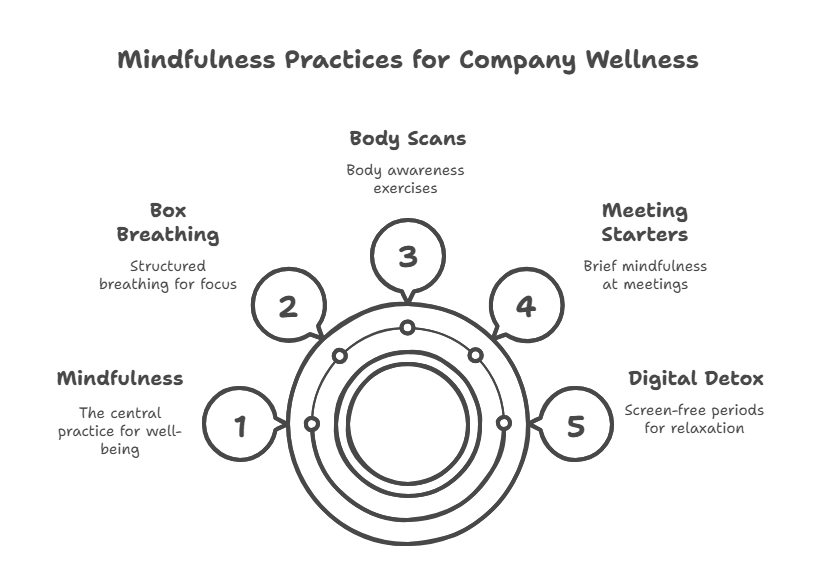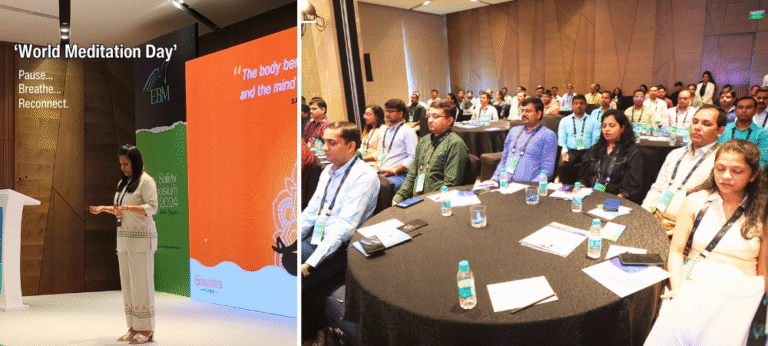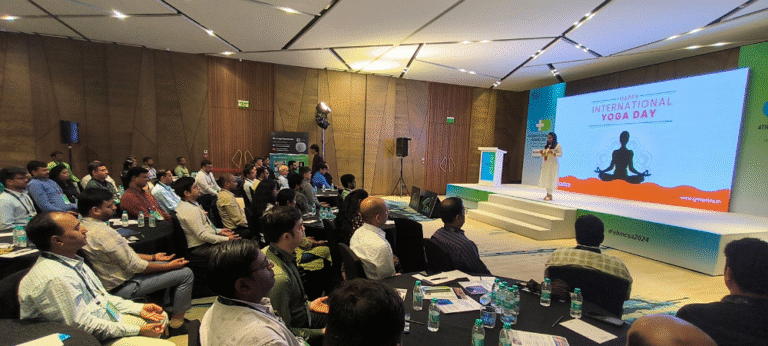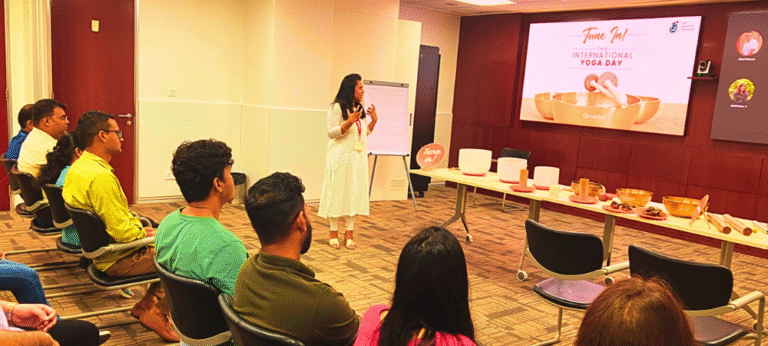As a corporate wellness coach and mindfulness facilitator, I’ve had the privilege of conducting wellness sessions in conference rooms, boardrooms, factory floors, and even virtual screens. And if there’s one thing I’ve consistently noticed, it’s this: people are craving a pause.
In a world of deadlines, meetings, and constant hustle, even five mindful minutes a day can create a massive shift. That’s right—just five minutes.
The Power of a Five-Minute Pause
When organizations seek out the best corporate wellness programs, they often envision comprehensive initiatives like gym memberships or wellness retreats. While these have their place, I’ve found that integrating simple, daily mindfulness practices can be equally, if not more, impactful.
In my sessions, I introduce techniques like Box Breathing, also known as four-square breathing. This method involves:
- Inhaling for 4 counts
- Holding the breath for 4 counts
- Exhaling for 4 counts
- Holding again for 4 counts
Repeating this cycle for just five minutes can significantly reduce stress and enhance focus.
Another practice I advocate is the 5-minute Mindful Body Scan. This involves directing attention to different parts of the body, from head to toe, acknowledging sensations without judgment. It’s a powerful way to reconnect with oneself and release tension.
Real Stories from My Sessions
During a corporate employee wellness program with a sales team, we began our session with Box Breathing. One participant shared, “This is the first time I’ve truly paused to breathe all week.”
In another instance, at a manufacturing unit, we implemented the Mindful Body Scan at the start of each shift. Over time, managers reported a noticeable decrease in workplace conflicts and an increase in team cohesion.
These experiences underscore that corporate wellness programs need not be elaborate. Consistency and genuine intent often yield the most profound results.
Why Mindfulness Matters at Work
Mindfulness—the practice of being present and fully engaged—offers numerous benefits in the workplace:
- Enhanced focus and productivity
- Improved emotional regulation
- Reduced burnout and absenteeism
- Strengthened team dynamics
As a corporate wellness consultant, I collaborate with organizations to weave mindfulness into their daily routines. This could be as simple as starting meetings with a minute of silence or sharing daily mindfulness prompts via internal communication channels.
Mindfulness and ROI: A Smart Investment
A common query I encounter is, “What’s the return on investment for mindfulness?” Beyond the qualitative benefits, research indicates that mindfulness practices can lead to:
- Lowered stress levels
- Improved decision-making
- Enhanced creativity
Applicability Across All Organizational Sizes
Whether you’re a startup exploring corporate wellness programs for small businesses or a multinational corporation aiming to enhance your corporate health wellness programs, mindfulness is universally applicable.
I’ve worked with small teams who begin their day with a gratitude circle and large enterprises that host monthly mindfulness workshops. Regardless of size, the positive impact on employee well-being and organizational culture is evident.
Implementing 5-Minute Mindfulness Practices
For those new to company wellness programs, here are some actionable steps:
- Box Breathing Sessions: Introduce this technique during team meetings or as a daily ritual.
- Mindful Body Scans: Encourage employees to take short breaks to reconnect with their bodies.
- Mindful Meeting Starters: Begin meetings with a brief moment of silence or focused breathing.
- Digital Detox Intervals: Promote short, screen-free periods during the workday.
- Mindfulness Resources: Share articles, videos, or apps that support mindfulness practices.

Mindfulness isn’t about eliminating stress but about changing our relationship with it. By dedicating just five minutes a day, we can foster a work environment that values presence, empathy, and well-being.
As someone deeply invested in promoting corporate wellness programs, I believe that these small, consistent practices can lead to profound transformations in workplace culture.
Gayatri Singh
www.GayatriSingh.com











